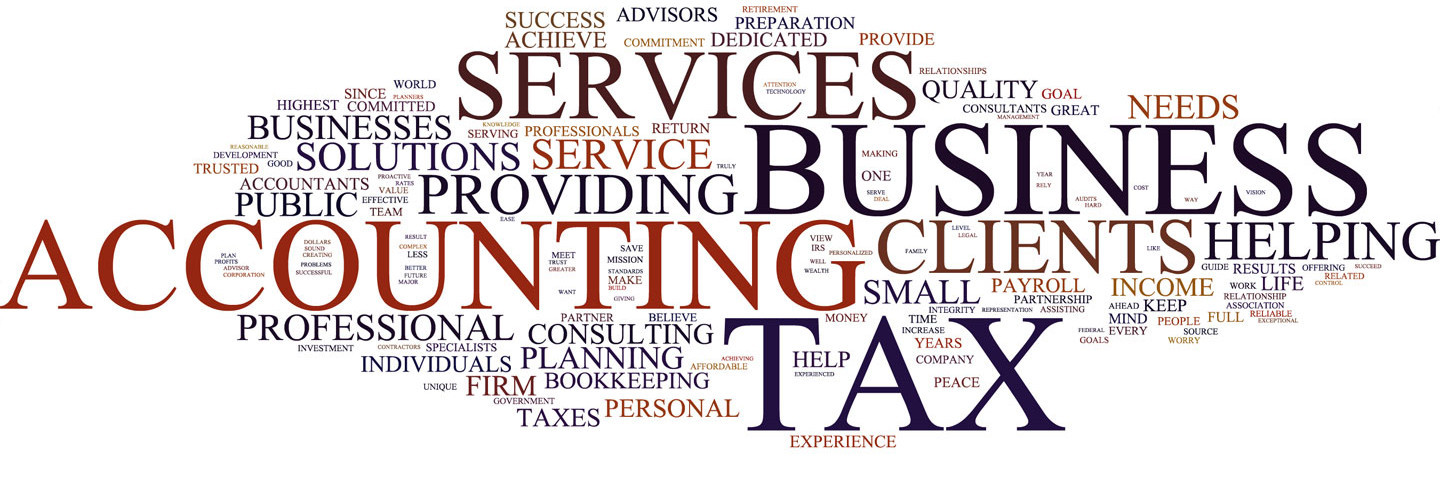Amortization of a Businesses Intangible Assets
Preface: Amortization of intangible assets is similar yet different than depreciation. It is governed by a different Section of the IRC and methods are unique to the intangible asset based on the IRC code section relevant to various intangible. This blog is provide an explanation of amortization and namely IRC Code Section 197 relevant to the majority of small business intangible assets. Amortization of a Businesses Intangible Assets Amortization is the expensing of intangible asset costs ratably over the intangible assets life. Amortization is governed with Internal Revenue Code (IRC); including section 197 and 195. Section 197 assets have a three factor test 1. They must be listed in Section 197 descriptions, 2. They must have been purchased, 3. They must be held in connection with the conduct of trade of business or investment activity. Factor 1 assets in Code Section 197 include: goodwill, workforce in place, patents, copyrights, formulas, processes, designs, patterns, market share, customer lists, licenses, permits, governmental rights, covenants not to compete, franchise fees, trademarks, trade names, contracts for use of acquired intangibles, and information bases in a business. This is not a comprehensive list of Section 197 assets, but the majority of the typical Section 197 intangibles. Intangibles in Section 197 are expenses ratably over 15 years, beginning with the month of the acquisition. In businesses where intangibles are purchases along with other business assets, the intangible assets are determined by subtracting the cost of Class 1, Class 2 and Class 3 assets from the purchase price. This information is listed on IRS Form 8594 Asset Acquisition Statement. For example, if a business is purchases $150,000 of intangible assets, including goodwill and patents in a acquisition, the intangible costs would be expensed at say $10,000 for 15 years, and not depreciated at standard MACRS methods…

